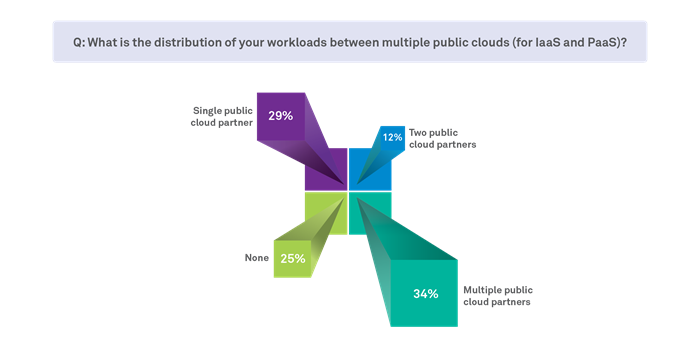The data center, as we have known it for decades, with its servers, networks, storage, security appliances, racks, cables and power supply, is vanishing. The traditional on-premise data center is becoming the stronghold of legacy systems and services that cannot be supported elsewhere. As organizations go digital, everything from applications to Business Continuity Planning and Disaster Recovery are being virtualized at the hands of a mature breed of IaaS and PaaS services on cloud.
The advantage of moving workloads from a traditional data center to cloud goes beyond making infrastructure invisible (and getting rid of the headache of maintenance):
For our experts at Wipro who have followed the evolution of data center technology for over two decades, the signs are clear: Organizations are not investing in expensive hardware that is difficult to maintain, requires specialized skills, and cannot be retired easily when technology changes. At this point, you can ask yourself: Is your IT infrastructure ready to leverage new technologies like SDx, Containers, Artificial Intelligence, Blockchain and Internet of Things? Is it able to integrate with voice-based assistants for the ultimate user experience? Can it use automation to improve provisioning, monitoring, optimization and reporting? Can it provide variability and business continuity even in the face of a crisis like COVID-19? If the answer to the four questions is “No”, your organization is a candidate for cloud and virtualization.
We believe that more than 50% of large organizations will have moved the data centers to cloud in the next two years. But medium sized organizations have an even greater incentive to do so. Reason: They can have access to the same—or better—infrastructure than their larger competitors without upfront investments on assets.
This logic is supported by a survey we conducted recently across a broad range of industries. We asked respondents in our survey, which were the top investment areas in IT in the next 3 years. 79% said that the single-largest expense account would be data center cloud (IaaS and PaaS). 46% respondents also said they have distributed their workloads across two or more public cloud partners (Refer figure 1).

Figure. 1
Another important question we asked our respondents was, should organizations consider cloud-first or cloud-smart approach or have a multi-cloud strategy? This and other valuable insights from the survey and research can be found in our State of IT Infrastructure Report 2020. This report investigates into what organizations are doing to ensure IT infrastructure provides business value. It looks at how automation, analytics, AIOps, microservices, open source, IoT, edge computing, collaboration, work from home, etc., are reshaping the world of IT infrastructure. The report is a must-read if your organization is ready to forge ahead and make IT infrastructure a partner in business success rather than a provider of functional services.
Industry :

Buland Khan
Distinguished Member of Technical Staff, and Practice Director – 5G Edge at CIS, Wipro
Buland Khan is an adaptive leader and technologist with over two decades of global experience in IT Transformation & Strategy, Practice Development, Enterprise Architecture, Advisory, Pre-sales, Project Management and Solution Design. Buland is involved in a range of next generation solutions under Wipro’s Chief Technology Office themes, and his focus includes creating new offerings, monetizing IPs and use cases, and building teams, COE, ecosystem and partnerships.
Buland is also a TOGAF certified professional with experience working across different verticals and sectors like BFSI, Retail, Manufacturing, Telco, Government, Automotive, IT & ITes, ENU, etc.
He can be reached at buland.khan@wipro.com
Click here to download your copy of State of IT infrastructure report 2020